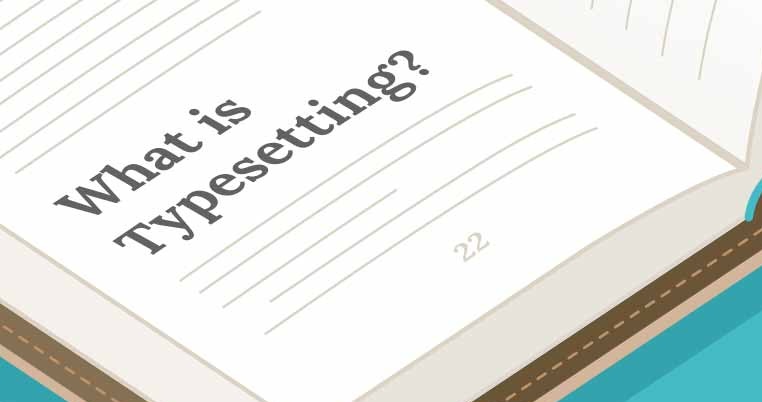Originally, typography was considered the art of printing and formatting writing. It can also be defined as the character layout. Before presenting its importance in graphic design, here are some terminological definitions to help you better understand its different components.
Font and typeface
The typeface groups together all the variations of a font (size and weights), while the font is the variant of that font. Ex: Arial is a typeface while Arial condensed or bold is a typeface. Make a visit to https://ingramer.com/tools/fonts-generator/ for choosing the best fonts.
Serif and sans-serif
A serif font is defined when it has small serifs at the ends of the letters. While the sans-serif font does not. A sans-serif (stick font) is often more modern and sometimes more difficult to read when used in very small print. The serif font, on the other hand, is often going to be seen as more classic and timeless.
Script font
The script type font is made up of flowing lines resembling handwriting. It is very rare to write a word in script font with all capitals, because the ascents, descendants and serifs will get mixed up and make the text almost unreadable. Instead, it will be used with lowercase letters. It can be more complex to read, which is why it will be mostly used for short sentences or headlines.
Use the correct font in typographic designs
- Any trademark uses, whether in its logo, advertising or packaging, typography to identify its products and services. In fact, typography is 90% a part of any graphic design when it is made up of text. Hence the importance of using it well and making the right font choices. By working with the right fonts for a concept, the graphic designer will be able to convey one or more emotions. And the idea here is to be skilled enough to define the right emotion that must be conveyed by typography.
- Typography is an important component of graphic design. You can create the most dynamic and creative concepts there is, if the typography used is not adequate, attention can be completely diverted to another composition. In both print and web media, good typography conveys the message effectively and grabs the attention of the reader, the audience.
But the work with the typography does not stop there, it is necessary to determine the right size of the characters, the right colors, the right contrast with the general design and its layout. Just like your dress style or the interior design of your office, typography is a reflection of your personality and your corporate identity. Thus, never neglect the adequate use of typography in your communication tools. She will know how to transpose your message with emotions and personality.


